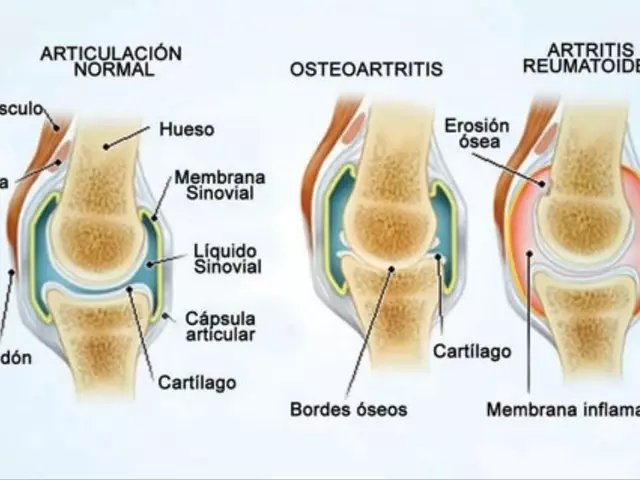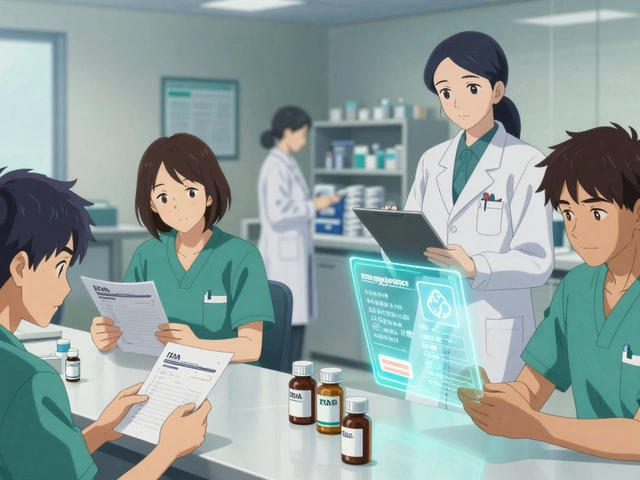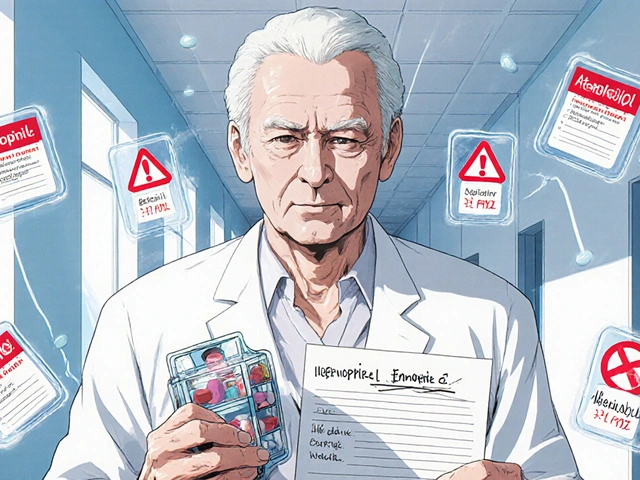What Is Benzoyl Peroxide and Why It Matters for Acne
If you’ve tried a few over‑the‑counter creams and still see breakouts, you’ve probably heard of benzoyl peroxide. It’s a simple chemical that kills the bacteria that cause pimples and helps clear out clogged pores. Most dermatologists put it at the top of their acne toolbox because it works fast and is cheap.
How to Pick the Right Strength
Benzoyl peroxide comes in 2.5%, 5% and even 10% formulas. If you’re new to it, start with the lowest strength. A thin layer on clean skin is enough – more isn’t better and can cause extra irritation. Most people find 2.5% or 5% works well without turning their face into a red map.
Step‑by‑Step Application Guide
1. **Cleanse**: Use a gentle, non‑scrubbing cleanser and pat dry.
2. **Wait**: Let your skin dry for a few minutes – wet skin can increase irritation.
3. **Apply**: Put a pea‑size amount on each spot or spread a thin layer over the entire affected area.
4. **Moisturize**: Follow up with an oil‑free moisturizer to keep skin barrier happy.
5. **Sun protection**: Benzoyl peroxide can make you more sensitive to sunlight, so wear SPF daily.
Do this once a day at first. If your skin handles it, you can move to twice a day. Pay attention to how your skin feels – mild tingling is normal, but sharp burning means you need a lower concentration or less frequent use.
Common Side Effects and How to Tame Them
The most reported issues are dryness, redness and peeling. These usually fade after a week or two as your skin gets used to the product. To keep them in check:
- Use a fragrance‑free moisturizer right after applying benzoyl peroxide.
- Avoid using harsh scrubs or alcohol‑based toners while you’re starting out.
- If peeling is severe, cut back to every other day until it calms down.
Things to Watch Out For
Benzoyl peroxide can bleach fabrics. Let the product dry completely before putting on shirts or pillowcases, and wash new clothes separately for a few washes. Also, it may react with other acne meds like retinoids; talk to your doctor if you want to combine treatments.
When to See a Professional
If after four weeks you don’t see any improvement, or if the irritation gets worse, schedule an appointment. A dermatologist can suggest prescription‑strength options or add oral meds that work alongside benzoyl peroxide.
Bottom line: Benzoyl peroxide is a reliable first‑line acne fighter. Start low, stay consistent, moisturize, and protect your skin from the sun. With the right routine, you’ll notice fewer breakouts and smoother skin within weeks.




